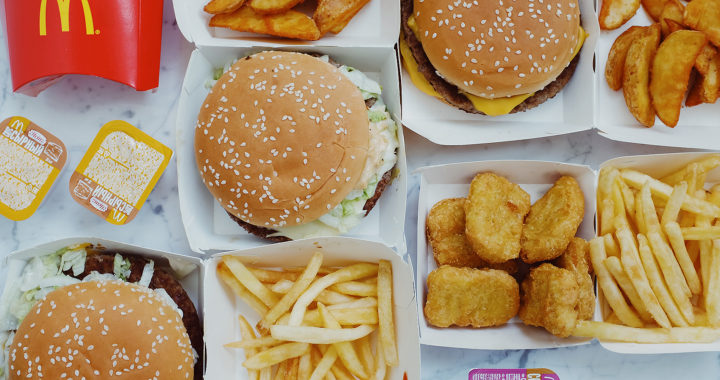Part of the appeal of fast-food restaurants is the relative affordability of their food and beverage offerings compared with other types and forms of restaurants. Their products are affordable because of the core principle of the fast-food concept itself and the nature of fast-food restaurants: mass-produced food items targeted toward commercial resale and the mass market. McDonald’s Corporation adheres to this overall pricing consideration.
A Discussion of the Pricing Strategy of McDonald’s Corporation
Fundamental to the pricing strategy of McDonald’s is value-based pricing or value pricing based on its overall “Think Global, Act Local” approach to marketing and business management. It specifically involves ensuring that its food and beverage offerings are affordable to a particular local or geographic market it serves.
The company uses other pricing strategies to complement its overall pricing strategy. Take note of the following:
1. Value Pricing
Products that are unique and have high perceived value are often considered the most suitable for a value pricing strategy. However, considering the fact that fast food products are not unique, McDonald’s takes advantage of its established branding and supplements it further through emotionally-charged marketing messages to communicate the value of its brand and products.
Value-based pricing is essential to the overall pricing strategy of McDonald’s because it needs to appeal to its target market amidst intense competition.
For example, to enter and prosper in a local market, its prices should be different from the prices it uses in countries under higher income brackets. This is value-based pricing because it involves a customer-focused approach to determining prices based on how the consumers perceive the value of a particular good or service.
2. Variable Pricing
Aligned with its value-based pricing is variable pricing. This involves taking into consideration different variables associated with the production and delivery of a particular product. Examples of these variables include location, time or date, source of production, interest and foreign exchange rates, and purchasing power of the target market, among others.
It is interesting to note that the prices of BigMac in different countries have been used as an informal way of measuring the purchasing power parity between two currencies and the impact of foreign exchange rates. The Economist introduced this concept in 1986 with the goal of making exchange-rate theory digestible to the public.
3. Bundle Pricing
Another component of the pricing strategy of McDonald’s is price bundling or bundle pricing. This involves combining at least two products and selling them at a “bundled price.” The cost of purchasing a bundled product is lower compared with the total cost of purchasing individual products outside of the bundle.
Price bundling has several benefits. Bundling simplifies the entire purchasing experience. This is suitable for the operation of fast-food restaurants.
This strategy also provides consumers with a bigger perceived value per purchase. They are essentially maximizing the value of their purchases whenever they choose bundled products. Price bundling also enables the company to sell low-sale products or ensure that all of its products can be sold to consumers.
4. Psychological Pricing
The company has also exemplified one of the best implementations of psychological pricing. This strategy involves expressing prices as just-below numbers or prices that are a little less than a round number. For example, in the United States, its BigMac is sold for USD 3.99 instead of USD 4.00 while a BigMac Meal is sold for USD 5.99 instead of USD 6.00.
A just-below pricing scheme is based on the notion that certain prices have a psychological impact that influences purchasing habits. A solo order of a burger priced at USD 3.99 appears more affordable than a USD 4.00 burger because consumers often disregard the decimals and do not do proper rounding because of their left-side bias.
5. Penetration Pricing
Several situations require McDonald’s to utilize a penetrating pricing strategy that involves setting prices lower than the competitors to address barriers to entry and threats from new entrants. This strategy enables it to attract customers, gain or retain market share, and manage the bargaining power of its customers.
Not all fast-food restaurants and other restaurants can implement penetration pricing. Part of the competitive advantage or strength of McDonald’s is its economies of scale that has afforded it with lower costs to offer low-priced products.
The company used this strategy in 1996 to enter New Delhi. It set prices lower than the local restaurant chain Nirula. Furthermore, the prices of its food and beverages are also lower in the Philippines compared with the prices of the local fast-food chain Jollibee. Note that its McCafé stores offer more affordable products than established coffeehouses.





